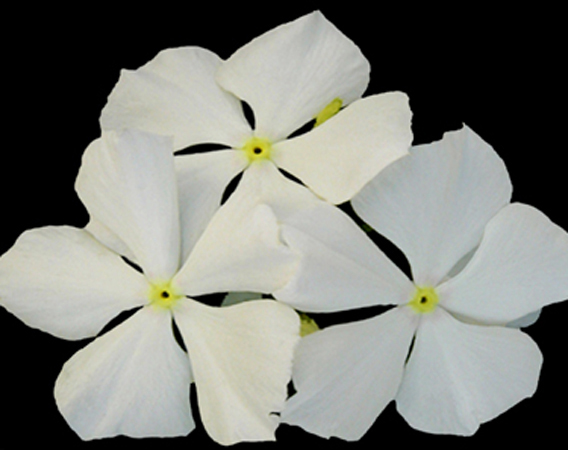- Wilfried Heun
- View Portfolio
- Image 8 of 34
- Added 06 Apr 2003
- 61 Views
- Share This Image On...

Trinity, Story in progress. The tapa cloth is produced by hand beating Mulberry strip witha wooden mallet against a tree base. After three hours or more each sheet becomes flexible. Modern attempts at developing machinery to replace these hand crafted methods have been a complete failure. Finally the sheets are joined by gluing them together with root crop starches. Master skill is necessary to meld sheets together for consistent thickness. Creations of the most skilled tapa makers are smoothly and seamlessly bonded. After drying in the sun for several days the cloth is bleached. Then the process of soaking, dying and bleaching is repeated tomake the finalproduct for decoration. Theoriginal designs were squares,triangles chevron bars,circles, diamonds etc. While superficially simple, these designs always conveyed a complex symbology known within the native culture. Painting is mostly done with Pandanus fruit brushes or coconut husks. Several hundred extracts from natural surroundings have been developed as dyes. This Genuine Tapa artwork, museum grade giclee 8”x10” $ 25.00 and 11”x14” $ 48.00 are matted, shrink-wrapped and accompanied by an explanation of the tapa and the Flower. 20”x16” limited edition 75 museum grade giclee on canvas $ 300.00
Post a New Image Comment